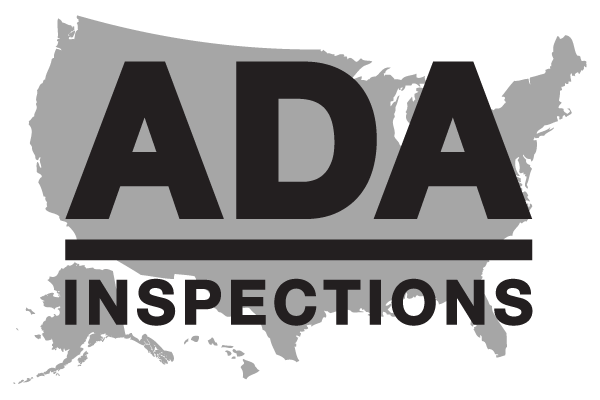The FHA Guidelines are not mandatory for multi-family housing. Additionally, the FHA Guidelines do not prescribe specific requirements which must be met, and which, if not met, would constitute unlawful discrimination under the Fair Housing Amendments Act. Builders and developers may choose to depart from the FHA Guidelines, and seek alternate ways to demonstrate that they have met the requirements of the Fair Housing Act.
Read MoreAny person or entity involved in the design and construction of an apartment or condominium building, and the owner of the building, may be named as Defendants, sued, and held liable for violations of the Fair Housing Act or Americans with Disabilities Act at the facility in a HUD lawsuit.
Read MoreHUD is not required to review or approve builder's plans or issue certifications of compliance with the Fair Housing Act's design and construction requirements for multi-family housing. The burden of compliance rests with the person or persons who design and construct covered multifamily dwellings.
Read MoreIf a builder, architect, or developer believe that a property with which they were involved is covered by the Fair Housing Act's design and construction requirements but does not comply, they should seek technical assistance from a consultant with expertise in the Fair Housing Act's design and construction requirements about a plan to correct the violations.
Read MoreAlterations, rehabilitation, or repair of covered multifamily dwellings are not covered by the FHA because the Act's design and construction requirements only apply to new construction of buildings built for first occupancy after March 13, 1991.
Read MoreA minimum of two percent of the number of parking spaces serving covered dwelling units [apartments or condominiums] must be made accessible and they must be located on an accessible route; if different types of parking are offered, such as surface parking, garage, or covered spaces, a sufficient number of each type must be made accessible.
Read MoreThe Fair Housing Act does not require fully accessible apartments.
Read MoreThe Fair Housing Act's design and construction requirements do not require a minimum number of accessible dwelling units.
Read MoreThe Fair Housing Act's design and construction requirements do not cover multistory townhouses--units that have two, three, or even four stories--unless the building has an elevator.
Read MoreHUD recognizes 15 safe harbors to meet FHA regulations to provide a range of options that—if followed in their entirety without modification or waiver—will keep residential buildings compliant with the FHA. The new safe harbors are generally aligned with the current codes (minus any local amendments to the IBC), which may make it less complicated by limiting the layers of the requirements. HUD recommends that only one safe harbor should be used for design and construction of a multi-family facility.
Read MoreThe Fair Housing Act (FHA) requires seven basic requirements that must be met to comply with the access requirements of the Act. To describe these requirements in more detail, HUD published FHA Guidelines in 1991. The FHA Guidelines are one of 15 safe harbors for compliance that HUD has identified.
Read More
